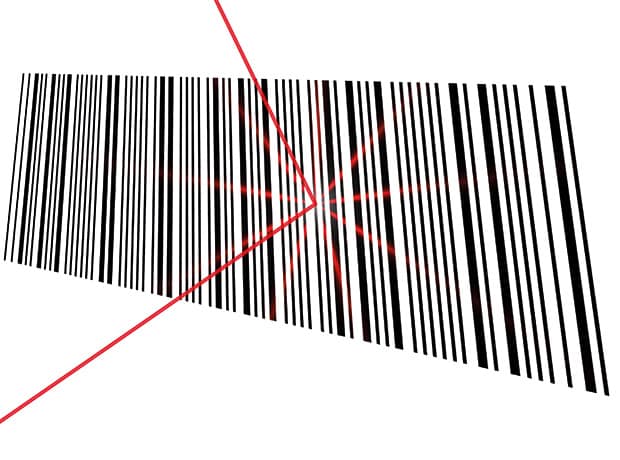The EU has published the final Falsified Medicines Directive in February, thereby resolving key technical elements that were outstanding after its adoption in 2011. Manufacturers now have a 36-month window to get ready.
Under the directive, packs of prescription medicines (with some exceptions) must have tamper-evident packaging and a ‘safety feature’ comprising a datamatrix code and human-readable data. Tamper evidence such as glued flaps, adhesive seals, shrink sleeves, etc, is already common but not universal, so adding it requires investment, but the impact is confined to the production line. However, implementation of the safety features is more complex, as coding the packaging during final packing will make prescription drugs fully traceable.
From 2019, each prescription drug pack will have a unique code, creating big challenges to and opportunities for supply chain efficiency. What’s more, this coding may provide a route to improved patient engagement and adherence, linking medicines and ‘pill+’ services when patients scan the code with their mobile phone, although appropriate systems and regulatory approval would be required.
As a consequence, companies may benefit from taking a wide view – minimal compliance with the directive may not necessarily deliver the best value. For example, many manufacturers are finding operational advantages to adding a master code on the outside of each shipper box to link the identities of each unit pack inside.
The directive requires an EU-wide data management system, paid for by manufacturers, with a central hub and multiple national data repositories. When pharmacists scan packs during dispensing, their point-of-sale software will check the code against the national database in real time. This complex, pan-EU information system must be built within the three-year time frame so latecomers will need to move fast to meet the compliance deadline.
There are already signs of tension in the deployment phase, with hospital pharmacy bodies expressing concerns that their dispensing environment is not fully addressed by the proposed system.
While the European Medicines Verification Organisation is providing a blueprint for the design of national data repositories, the 20+ systems will be procured by individual national stakeholder groups. These are new entities that are included in but are distinct from their national competent authority (eg, MHRA in the UK), but many are not ready or even set up yet. Selecting a preferred repository supplier is critical as there is a wide variety in capacity and experience between them.
Each system needs to work first and every time; even a one percent error rate during scanning will cause chaos and long queues at retail pharmacies, and lead to significant costs for distributors and manufacturers forced to process and check returned packs. Prevention here will be cheaper than cure, and there is a huge amount still to be done to ensure a reliable system is in place in three years’ time.
The next few years may be challenging but the benefits of the wave of similar traceability initiatives in the USA and around the world will be real and long-lasting. Coded, tamper-evident packs will improve security and patient safety, as well as providing enabling technology for better pharmacovigilance, improved adherence and more efficient mobile health services.
Seven tips for manufacturers
- Planning – form a team, allocate budget, get external expertise
- Processes – optimise production to minimise new equipment needed
- Partner – talk to customers, contract manufacturers, logistics and other partners
- Procurement – contact vendors and consultants early
- People – train production operators as coding changes their job
- Politics – get involved in the national group; their choices affect your business
- Positivity – use coded packs to improve logistics, adherence, pharmacovigilance.
Mark Davison is principal consultant at Blue Sphere Health.






